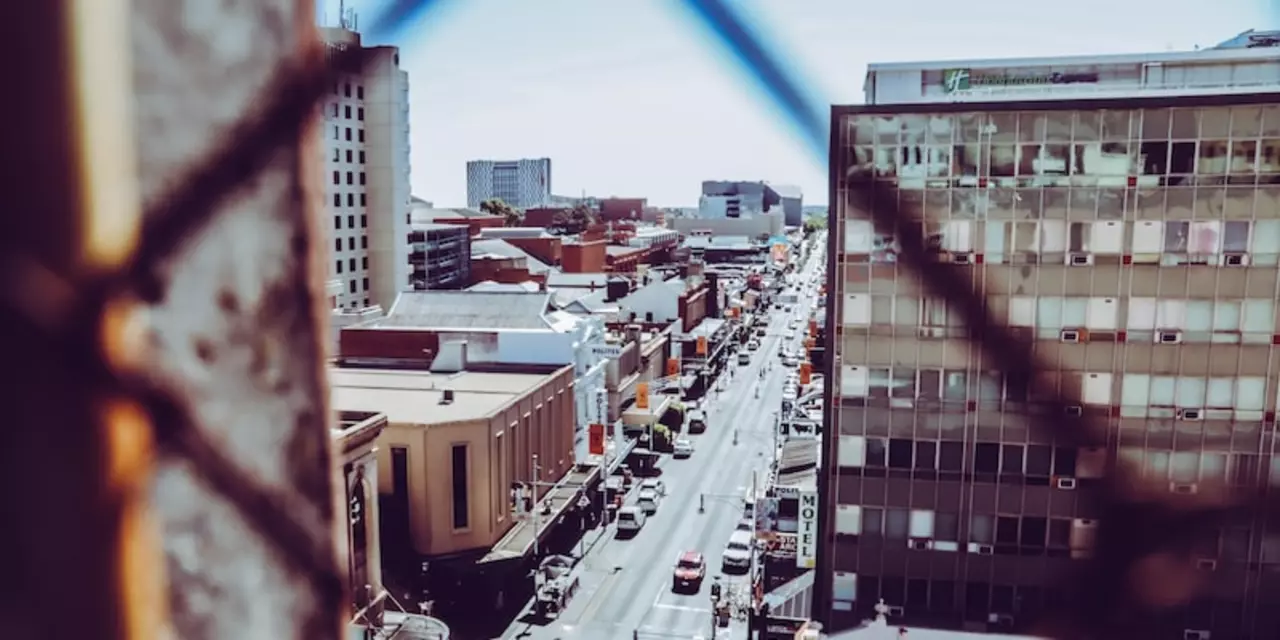Urban Planning Basics: Making Cities Work for Everyone
Ever wondered why some neighborhoods feel alive while others feel cramped or lonely? That’s urban planning in action. It’s the behind‑the‑scenes process that decides where houses, parks, shops, and roads go. When done right, it creates places where people can walk to work, enjoy green space, and feel safe.
Why Urban Planning Matters
Good planning isn’t just about neat maps; it’s about everyday life. A well‑planned street network cuts down commute times, lowers traffic accidents, and reduces pollution. Adding parks and pedestrian paths improves health and boosts local economies because people spend more time (and money) where they enjoy being.
On the flip side, poor planning can lead to traffic jams, unaffordable housing, and a lack of community spaces. Those problems ripple through schools, health services, and local businesses. That’s why cities invest millions in research, public workshops, and design tools—to get the mix right.
Key Principles to Keep in Mind
1. Mixed‑Use Development – Combine residential, commercial, and leisure spaces in the same area. It lets people run errands on foot and reduces car dependence.
2. Walkability and Bike‑Friendliness – Offer safe sidewalks, bike lanes, and short block lengths. When the distance to a coffee shop or park is a few minutes, people are more likely to walk.
3. Affordable Housing – Include a range of housing types and price points. Mixed‑income neighborhoods keep communities diverse and resilient.
4. Green Infrastructure – Plant trees, create rain gardens, and preserve open land. Green spaces cool the city, manage stormwater, and give residents a place to relax.
5. Community Involvement – Ask locals what they need. Workshops, surveys, and open forums make sure the plan reflects real‑world desires, not just planner theories.
Putting these ideas together doesn’t happen overnight. Planners start with data: traffic counts, population growth forecasts, and land‑use surveys. They then draft sketches, run computer models, and test how changes affect things like commute times or carbon emissions. The best projects loop back—adjusting designs based on feedback before final approval.
For anyone curious about shaping their own neighborhood, start small. Attend a city council meeting, join a local planning committee, or simply talk to neighbors about what they’d like to see—more bike lanes, a playground, or better bus routes. Your input can tip the balance toward a more livable future.
In short, urban planning is the toolbox that turns a blank map into a thriving community. By focusing on mixed use, walkability, affordability, green space, and public voice, cities can create places where people love to live, work, and play.
Urban Planning

Why does Adelaide have no high rises?
Adelaide is the capital city of South Australia and is known for its lower-rise cityscape. This is a result of the city's planning regulations that limit building height. The idea of no high rises was introduced in the 1970s to preserve the city's historic character, as well as to maintain the open sky views and parks. The regulations also have had the effect of restricting growth and encouraging urban sprawl. The city has also had difficulty keeping up with population growth, leading to a housing shortage. Despite these issues, the regulations remain in place due to the city's commitment to preserving its unique character.